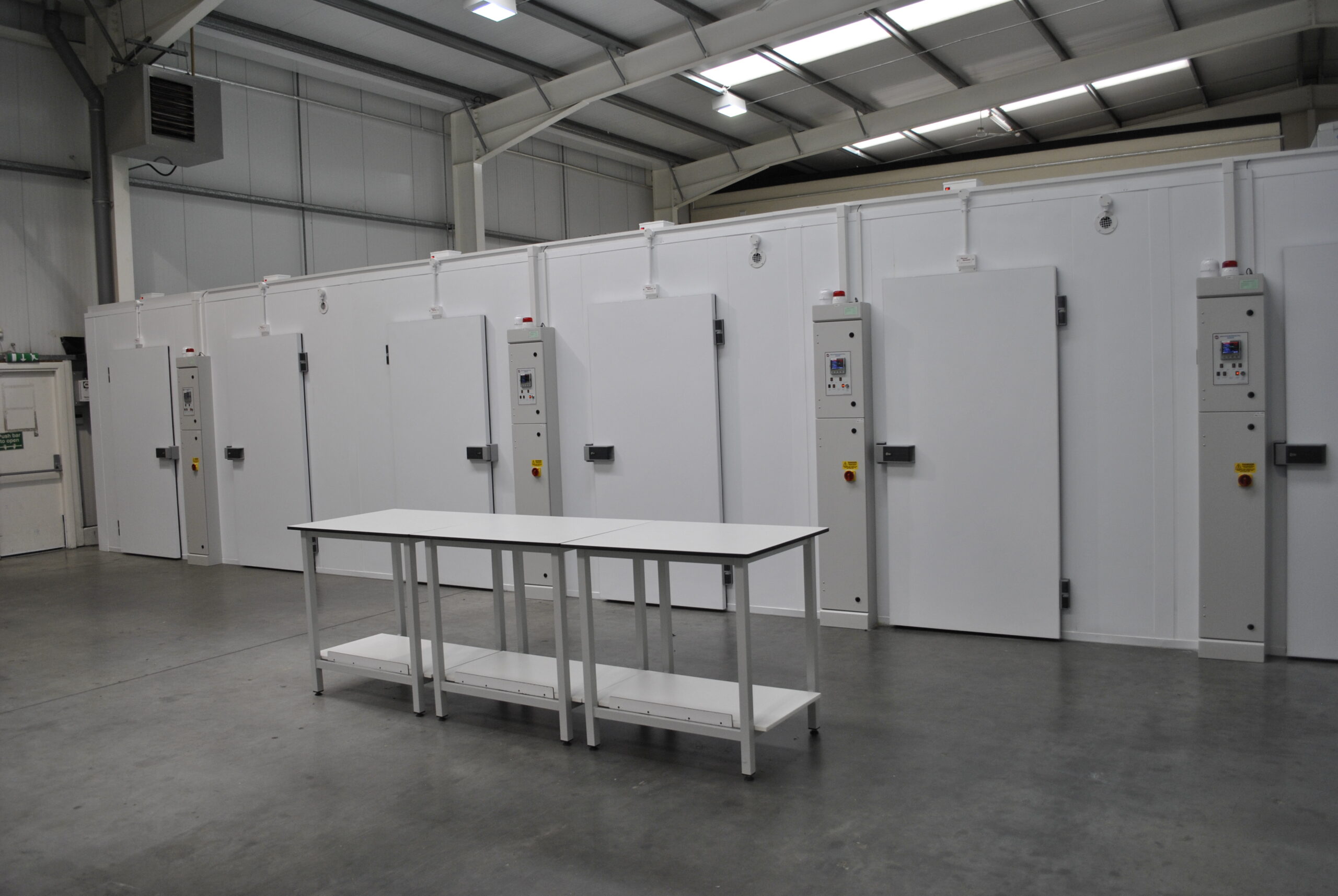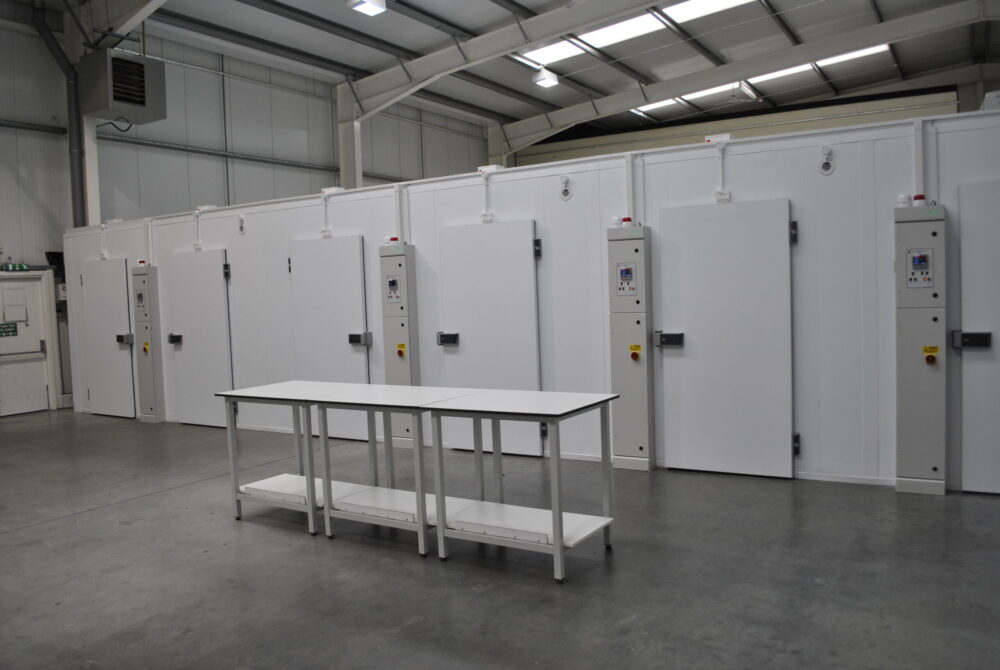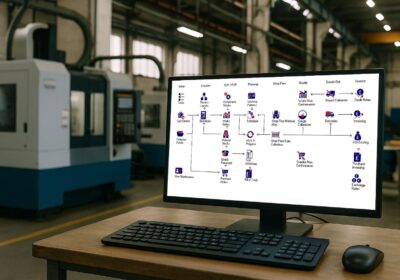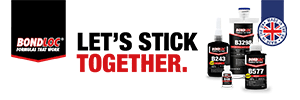Human Health Risk Assessments (HHRAs) are a key aspect of the toxicology toolbox and apply to multiple industries be it tobacco, pharmaceutical, food or cosmetics, and are also a key part of occupational safety. They are often required for regulatory clearance and are an essential aspect of a product’s regulatory file. There are many phases required to support a HHRA including Hazard Assessment, Quantitative Risk Assessments (QRAs) and Risk Characterisation. Here, Dean Hatt, Senior Toxicology Consultant at testing and regulatory partner Broughton, examines what the assessments involve, and outlines the nuances across the different industries.
HHRAS determine a substance’s actual or potential toxicological concerns, with Hazard Assessments, QRAs and Risk Characterisation forming part of its make-up. Typically, HHRAs involve planning and scoping, hazard identification, dose-response assessment, exposure assessment, risk characterisation, and in many cases an assessment of the quality and therefore reliability of the materials being used. Though they follow a broadly similar path of assessments to inform their regulatory file, each industry has key differences.
Nicotine Industry
For non-combustible nicotine products, hazard identification looks for any harmful or potentially harmful chemicals being inhaled or likely to be ingested, and the risk is quantified to allow comparisons to the hazards that combustible cigarettes and similar products are likely to have to highlight the reduced risk element. Where a hazard cannot be identified from the literature, in silico tools are utilised to predict the hazard.
A further and critical aspect is the cancer risk which is quantified as the Excess Lifetime Cancer Risk (ELCR). Here, each individual chemical, be it as an ingredient, thermal degradant or leachable, is assessed both individually and collectively to provide an estimate of the additional cancer risk from using a product, and specifically the benefit over combustible cigarettes.
Pharmaceuticals
When drugs are tested, preclinical and clinical studies take place to identify the efficacy and safety of the active component. Effectively, they establish a safe therapeutic dosage level, so the drug doesn’t cause harm to the patient at levels that are required to treat the therapeutic condition. However, the effects of impurities, leachables and degradation products also need to be assessed to ensure the unintended components are at supportable levels that do not affect the safety or efficacy of the pharmaceutical product.
Hazard assessments, predictive in silico tools and a QRA are key in determining supportable levels, and where necessary in vitro and in vivo studies. This informs essential data for submission to a regulatory agency. The agencies must be satisfied the product adheres to robust and defined, safety and quality standards before entering the market.
Cosmetics
Cosmetics has its own set of unique requirements as determined by the Scientific Committee for Cosmetic Safety (SCCS) including a complete ban on animal testing. In addition, a cosmetic product safety report (CPSR) is produced which includes the HHRA. Here, rather than consumption or inhalation of chemicals, it considers the frequency of use, the concentration and amount applied, the surface area it is applied to, the time the product is on the skin and the amount absorbed across the skin. The QRA part of the HHRA must consider all of these to allow characterisation. Quality control for cosmetics places a lot of emphasis on the preservation system of the product, ensuring bacterial contamination is at acceptable levels.

Food
Like with cosmetics the preservation system for food is of utmost importance and each country has its own regulations on quality aspects of different foods. An important factor for food is the food contact. A requirement is that packaging is tested to ensure there is no unwanted migration of chemicals into food and the ideal outcome is food contact conformity certification. A HHRA on the migrated chemicals may be needed to justify margins of safety.
QRA
Overall, whether it is a nicotine product, pharmaceutical impurity, foodstuff or a cosmetic product, the HHRA firstly establishes the hazards of a particular chemical, and uses the actual or potential exposure data to compare against the permissible levels within the toxicological literature, to assess whether a chemical is at a safe level; the quality of the product and the supporting information determines the reliability of that assessment.
Regardless of the sector, a thorough HHRA is critical to ensuring product safety and regulatory compliance. Get in touch with one of Broughton’s leading toxicologists today to discuss your application.








